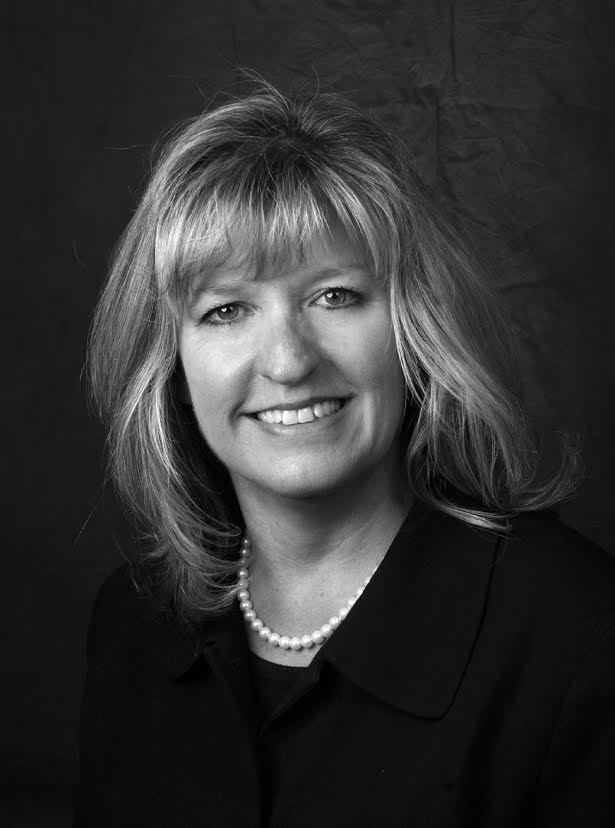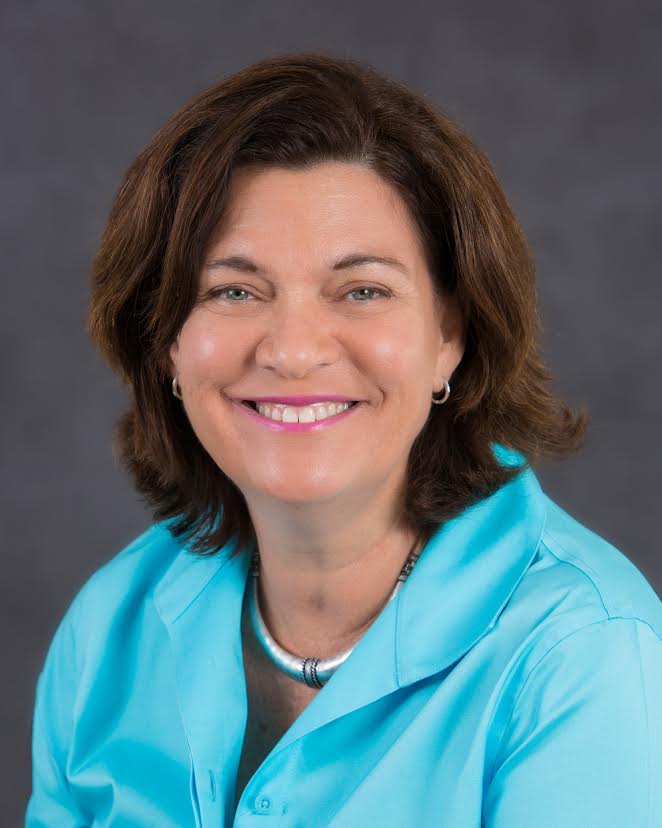Nearly 10 years ago, Meridian Surgical Partners, an ambulatory surgery center management and development company, acquired an interest in Miami-based Coral Gables Surgery Center.
In 2006, the surgery center was comprised of seven physician partners and 15 additional credentialed physicians who performed outpatient surgical procedures in orthopedics, pain management, plastic surgery, general surgery and urology. The bulk of the center's case load was ophthalmology, which accounted for 72 percent of the ASC's revenue.
However, competition in the Miami area posed obstacles; there are 23 free-standing facilities and 27 hospital-based facilities vying for the region's nearly 2.3 million residents. CGSC competes with 20 other surgery centers within a 10-mile radius who offer similar services.
Meridian's partnership with CGSC thrived in the ophthalmology space until 2013 when several factors threatened the ASC's sustainability:
• Coral Gables Surgery Center lost its largest referral source for ophthalmology cases, which led to a 30 percent reduction in ophthalmology revenue.
• Three high-volume physicians retired, which resulted in a high concentration in some specialties as well as operational issues from minimal succession planning.
• Unforeseen market attrition.
In the wake of such obstacles, Meridian went to drawing board to devise a plan to revive the ASC and bolster revenue.
 "We found ourselves in a turnaround position and quickly began thinking about how our expertise and experience in the high acuity arena could benefit Coral Gables Surgery Center," says Cathy Kowalski, RN, executive vice president and COO, Meridian. "The most critical piece to ensuring we could implement a strategy to reposition the center in terms of specialty mix was to hire the right administrator."
"We found ourselves in a turnaround position and quickly began thinking about how our expertise and experience in the high acuity arena could benefit Coral Gables Surgery Center," says Cathy Kowalski, RN, executive vice president and COO, Meridian. "The most critical piece to ensuring we could implement a strategy to reposition the center in terms of specialty mix was to hire the right administrator."
In February 2014, Maria Freed joined the surgery center to work hand-in-hand with the ASC's staff to learn how to transition the center from an ophthalmology center to a leader in the spine and orthopedics arena.
"We chose Maria because she had years of proven healthcare leadership experience and understood the market and culture," Ms. Kowalski adds. "She knew the most effective ways to recruit physicians."
4 turnaround strategies
1. Physician recruitment
After meeting with staff members, Ms. Freed learned the center's clinical staff would quickly be able to transition to spine and pain procedures despite mainly doing ophthalmology for the last several years.
 "After several discussions, I felt comfortable moving forward to recruit more physicians in the orthopedic and spine specialties," Ms. Freed says.
"After several discussions, I felt comfortable moving forward to recruit more physicians in the orthopedic and spine specialties," Ms. Freed says.
A key component in physician recruitment is meeting physician's expectations, and assuring potential physicians that Coral Gables Surgery Center could meet their needs based on the center's skilled and efficient clinical team. Ms. Freed highlighted CGSC's expedited OR turnaround time, which yielded less wait time for the physician and patient. Physicians also had the opportunity to undergo a trial period for the center to ensure the partnership would benefit both the physician as well as CGSC.
"The trial period is the time when we prove to them that this should be the destination for their qualified outpatient procedures," Ms. Freed says. "Once they use us, they like it here."
To bring in physicians from other specialties including general surgery and podiatry, Ms. Freed went out into the community to market her center to physicians and payers who were not aware CGSC was expanding its offerings.
"I realized early on we had an awareness issue. I was able to network in the community by attending and participating in business-to-business events such as the Coral Gables Chamber of Commerce," she adds. " I am very intentional about being 'out' of the office to be visible among physicians, payers and clinics."
2. Payer relations
"Having a corporate management partner, Meridian Surgical Partners, made a big difference in how we were able to secure profitable managed care contracts," Ms. Freed explains.
Meridian's managed care team crafted messaging, conducted analysis and helped the center negotiate contracts with both regional and larger payers to make it possible for CGSC to bring on new physicians in different specialties. "Their expertise was crucial in the complex agreements for the higher-acuity procedures we wanted to perform at the facility," Ms. Freed adds.
Being part of Meridian's network gives Ms. Freed access to other ASCs with spine and orthopedic programs. Ms. Freed can translate what was successful at other centers into CGSC.
3. Relationship with local clinics
Ms. Freed spends a significant amount of time working to establish relationships with other healthcare facilities. She notes many Miami clinics operate under a health maintenance organization and cater to an aging population. These clinics often provide free transportation and other amenities to serve the needs of this demographic.
"This is a very high touch type of environment, and I began having discussions with these clinics to let them know that our plans would make is possible for their patients to safely and cost-effectively have a variety of outpatient surgical procedures performed at our center," Ms. Freed says. "Many were under the impression we were just an eye center, so these discussions were helping to deliver our message about the changes."
4. Vendor relations
When working with vendors, Ms. Freed educated many vendors about their ASC's spine and orthopedic needs. Many vendors are not well-versed in the unique challenges ASCs face in obtaining sustainable reimbursement rates. She found working with vendors who saw the big picture proved more beneficial as they had more programs available to help CGSC improve its volume.
"Implants are always a challenge for podiatry, spine and orthopedics," she says. "We ultimately worked with vendors who could truly partner with us to reach our goals."
Outcomes
Since the turnaround strategy began, CGSC has increased its physician base by:
• Four physician partners
• Two orthopedic surgeons
• One ophthalmologist
• Eight physician utilizers
• Four podiatrists. The additions led the ASC to develop a Podiatry Residency program with a local facility.
• Three general surgeons
• Two neurosurgeons and the reengagement of two existing neurosurgeons that collaboratively developed the ASC's spine program.
• By the end of 2015, 37 percent of the ASC's active, credentialed physicians were new within the last two years.
After two years of efforts, the center was able to distribute profits to physician partners in September 2015. Additionally, year-end 2015 EBITDA increased 90 percent over 2014 when the ASC reached a break-even status.
To drive profits, Ms. Freed will continue fostering strong physician relations.
"Moving forward we are placing more focus on succession planning and the life cycle of the center," she says. "I believe it's important to build physician relationships as part of a long-term plan. For example, I am working with a doctor, among others, who recently relocated from Puerto Rico and I know he is not going to flood us with patients. However, making sure our pipeline is robust is important to future success."
Read the entire case study online here.
More articles on surgery centers:
10 largest ASC chains in the US
Panel favors AmSurg in non-compete controversy with physicians: 5 things to know
Upstate Spine & Neurosurgery Center, Orthopaedic Associates merge to open $7.2M ASC: 5 things to know

